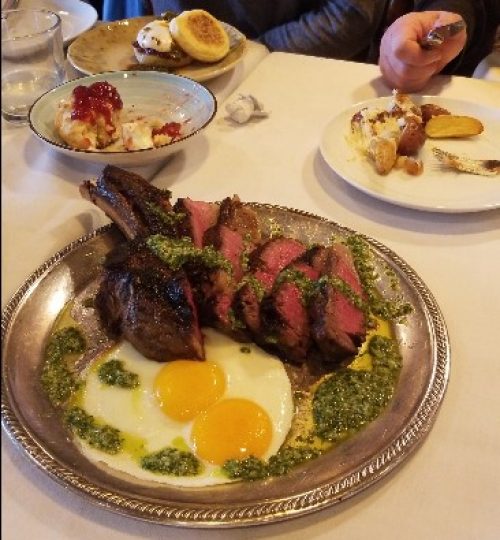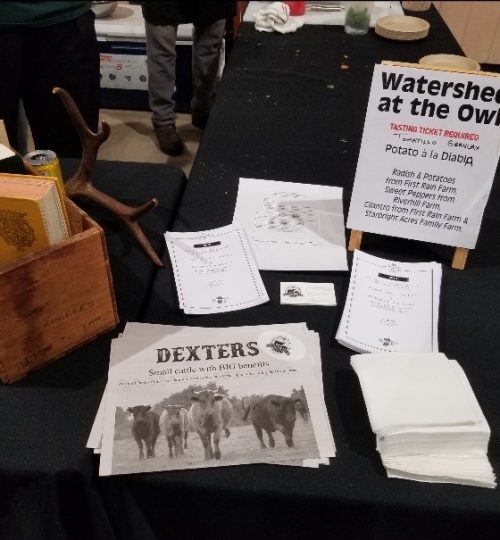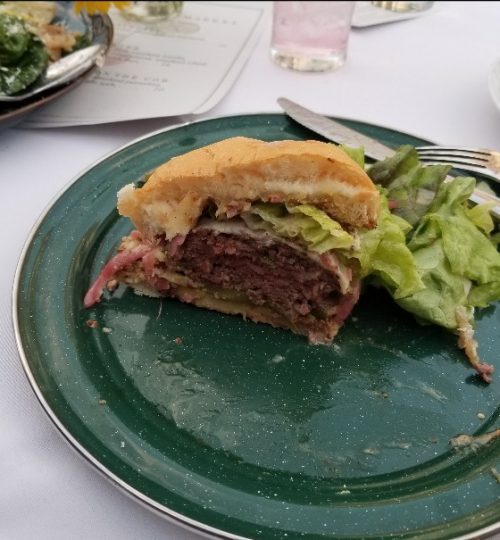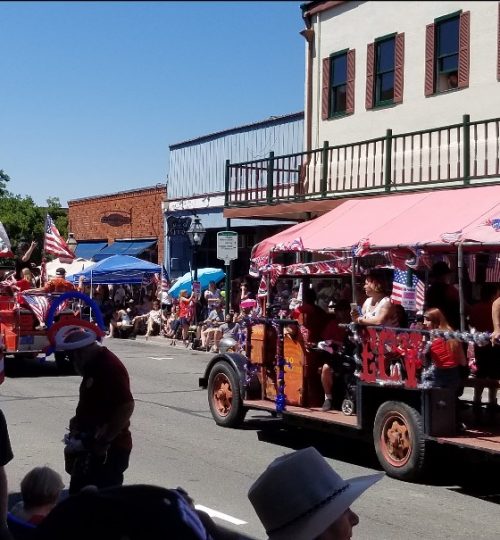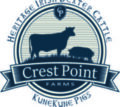Our Projects
The Goal - Regenerative Organic Agriculture
REGENERATIVE FARMING
Regenerative Organic Agriculture is a set of practices, defined by the United States Department of Agriculture, that identifies methods for boosting the health of the soils, purifying the air, cleaning the water, humanely treating the animals, caring for farm assistants, and benefiting the community. These are foundational practices that sets Crest Point Farms, a small family farm, on a path different from how things have been done by others in the past. It is a way of taking the whole of everything into account, changing from being simply a farm and making it a giant solar panel harvesting the power of the sun, combining it with the natural resources of air and water, then utilizing the perennial grasses and trees as transport systems to feed the enormous abundance of biology below ground, which then begins to cycle nourishments back up to regenerate the soils, the water, the animals, the farm, and us.


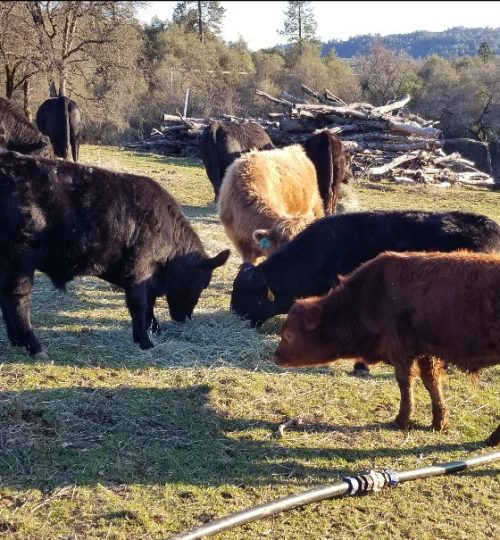
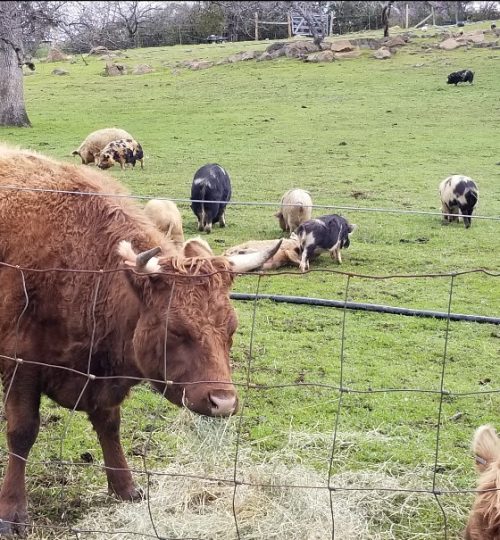

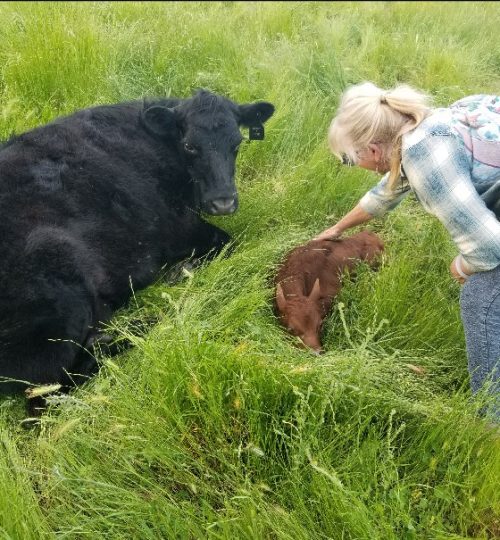
Carbon Farming
PERENNIAL GRASSES
What is carbon farming? Well, this is a bit of rocket science. You may have never thought of farmers as rocket scientist, but the latest in farming involves looking at things you don’t see. Most scientist today look at and offer explanations for things they can see. We are told we must have more trees to clean the air of all the carbon we are emitting. Carbon farming is all about looking at all the hidden biology below ground, the things we can’t easily see. What are they? Why are they there and what are they doing? This below ground herd is comprised of billions of species of bacterial, fungi, nematodes, earth worms, and more. A few soil scientists have been able to identify a few thousand of the billions of species in a single teaspoon of soil. On our farm, we are using high power microscopes to look at this biology to measure how we are doing at feeding this below ground herd. Why? Because this below ground herd is fundamentally critical to the successful operation of our farm. Understanding why they are there and what they are doing starts with looking at the big picture. When we breathe, when we drive our cars, when we create electricity to light our homes, we emit carbon dioxide into the air. This carbon dioxide is believed to be polluting, causing climate change. In California, we call our state the Golden State, because of the beautiful golden-brown grasses that virtually cover the entire state’s landscape during the summer months, until the spring rainy season starts. What is not so well known is that these beautiful golden-brown grasses are annual grasses that grow four feet high during the spring, seed out, drop their seeds to the ground to become next year’s crop, then proceed to die, turning golden-brown. These decaying, dead annual grasses are one of the greatest polluters, throwing off enormous amounts of carbon dioxide. Also little known is that these grasses are not native to California. They are very invasive annual European Exotic Wild Oats broght here 250 years ago by the early European missionaries. These annual grasses have roots that are only six inches deep, so when it rains thay hold a limited amount of water. Excess rain runs off the land, out to the sea, taking the top soil with it.
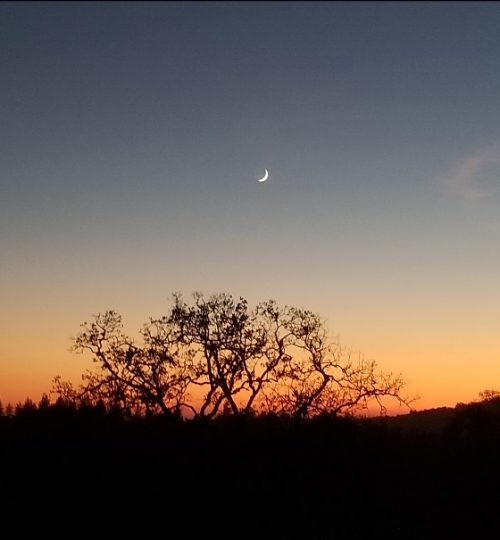
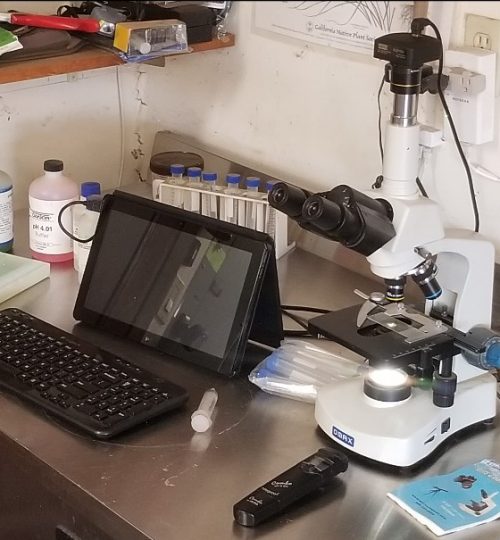


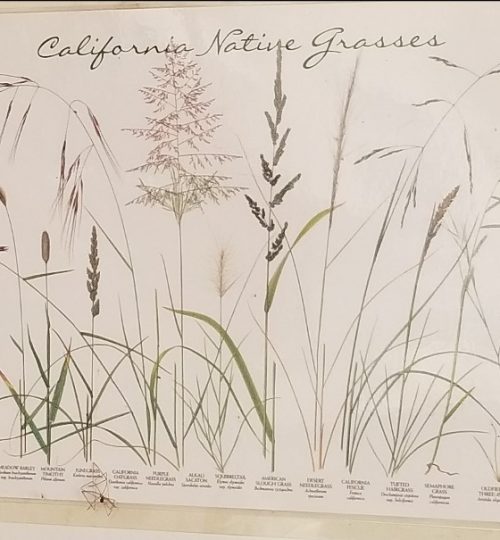
On the other hand, perennial grasses that were originally native to California have roots growing to fifteen feet or more. Now when it rains, the water soaks in and being held there it becomes available to the grasses during the summer periods of no rain. Perennial grasses can also grow as tall as ten to fifteen feet. What is the function of these grasses? They are super transporters. They take in carbon dioxide, then remove and hold the carbon, releasing oxygen back into the air. Next, they take in water, or H2O, remove and hold the hydrogen, releasing more oxygen into the air. Using a special enzyme, the grasses combine the carbon with the hydrogen to make sugar. Why sugar? This sugar is super transported down and exuded out of the grass roots. This is where the herd below ground comes into play. The bacteria and fungi see this as the ice cream bar and rush in to gorge themselves. Having come from chewing up all the minerals in the surrounding dirt, they emit a gel full of these minerals to be absorbed by the grass roots which is the fuel used to power photosynthesis. The carbon consumed by the below ground herd is then deposited into the soil where it is sequestered, turning it darker and darker. This entire process is turbo-charged by adding livestock to the mix. They graze down the grass, forcing it to require more energy from the soil to rebuild its above ground structure. This is called carbon farming. The whole farm becomes a giant, self-sustaining solar panel powered by the bacteria, fungi, sun, carbon dioxide, water, perennial grasses, and cattle. In fact, this is a powerful system that eliminates climate changing carbon pollution from the air by sequestering it in the ground, over a ton per acre every year.
Community
Grass Valley, Nevada City, Auburn
Crest Point Farms is located half way between the towns of Grass Valley and Auburn. This geographic region is the gold country of California that was populated during the gold rush era of 1849. Even today, the sister towns of Grass Valley and Nevada City still display an aura of the excitement of finding gold, and an historic sense of those gold rush days. Long before this, Grass Valley was lush with vegetation and wildlife, supporting an active American Indian population that managed the land and soils drawing in an abundance of wildlife to sustain themselves. This is still evident today as we regenerate the land and observe increasingly more wildlife responding to our efforts.
